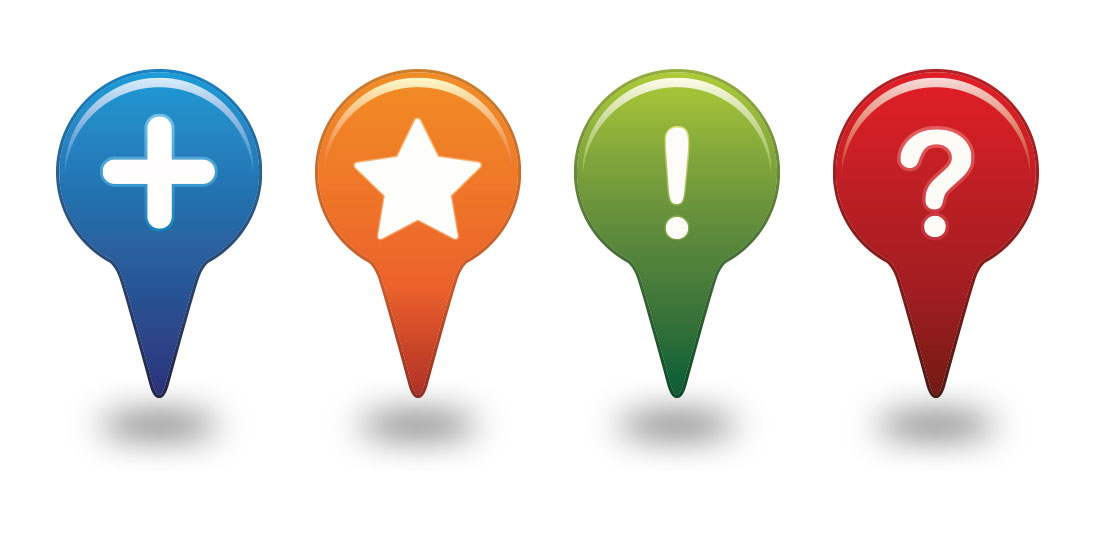Helping your visitors get from point A to point B quickly and easily relieves their stress, gives them a feeling of security and safety, and optimizes the overall visitor experience. We can help you choose the best wayfinding option.
Digital wayfinding is becoming ubiquitous with large screens showing maps and directions in airports, shopping malls and on campuses. This is a modern, exciting way to help your visitors get where they’re going, but there are different approaches to successfully guiding your audience.
But there’s more than one way to do wayfinding. You can combine digital signs with traditional plaques and signage, offer touchscreen kiosks with directories and maps, let people download your maps to their smartphones or offer a custom wayfinding app. Each of these have pros and cons to consider.
When evaluating digital wayfinding methods, you should always focus on the visitor experience. You want people to enjoy their time in your facility and walk away feeling welcome and comfortable. You’ll need to walk in their shoes, both literally and figuratively, to explore visitors’ needs, priorities and preferences.
In our white paper, we’ll walk you through your choices to help you choose the best wayfinding option for both your facility and your audience:
- What is wayfinding?
- Which option is right for you?
- Traditional digital signage
- Interactive kiosk
- Responsive mobile site
- Wayfinding app
- User experience pros & cons
- Technical pros & cons
- How to choose
